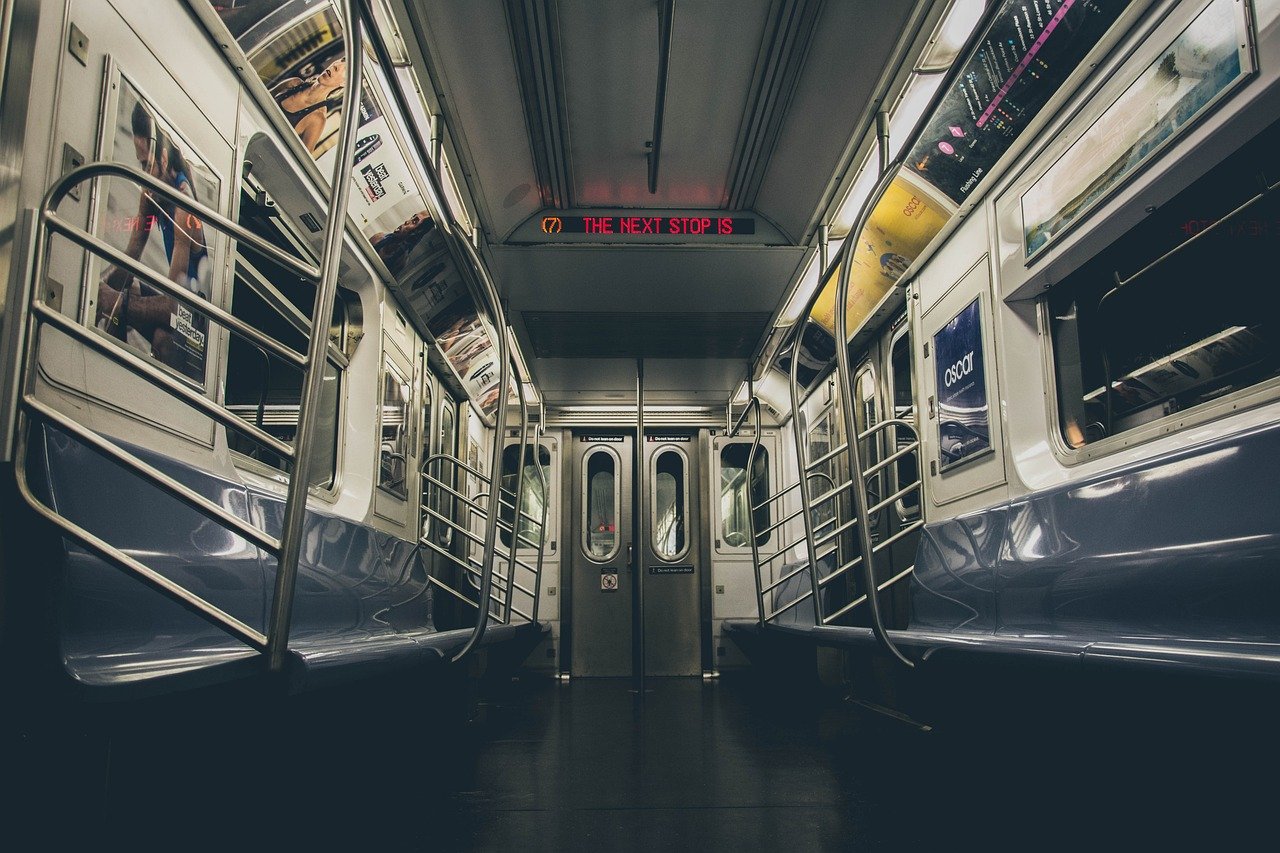Major Funding at Federal and Provincial Levels
The federal government has committed more than $10 billion over the next five years toward transit infrastructure. Provinces like Ontario, British Columbia, and Québec are matching funds and pushing forward large-scale upgrades, from Toronto’s Ontario Line to Vancouver’s Broadway Subway Extension.
Cleaner, Greener Transit
One of the biggest focuses of these investments is sustainability. Cities are rapidly transitioning to electric and hybrid buses. In Montreal, the Société de transport de Montréal (STM) is adding over 100 zero-emission buses by the end of 2025, helping reduce noise and pollution in dense urban areas.
Unlock Deeper Insights with Cixajair Weekly
From policy shifts to breakthrough innovations — stay ahead with curated Canadian news and original reporting.
Join UsConnecting Suburbs to City Cores
Rapid population growth in suburban areas has made regional connectivity a top priority. Projects like the GO Expansion in the Greater Toronto Area aim to deliver more frequent, all-day two-way train service—making commuting faster and more reliable for thousands.
Accessibility and Equity
The new wave of transit investments isn’t just about speed—it’s about inclusion. Stations are being redesigned to better serve people with disabilities, and planners are working with local communities to ensure marginalized groups are not left behind as networks expand.
Smart Tech Integration
Modern systems now include real-time tracking apps, contactless payments, and AI-based traffic optimization. In cities like Calgary and Ottawa, transit data is being used to predict demand and adjust routes dynamically, improving efficiency and rider satisfaction.
Challenges Remain
Despite the progress, there are delays and growing costs in some areas. Construction timelines have been affected by labour shortages and supply chain issues. Still, most cities remain committed, seeing transit as key to economic recovery and long-term sustainability.
What It Means for Riders
For everyday Canadians, this means faster commutes, less traffic, and a more climate-friendly option for getting around. As systems become more reliable and expansive, public transit may finally become a first choice—not a last resort.
